Advantages of FBT Statutory Formula Method
Now that the recently elected government has decided to jettison the abandonment of the statutory formula method of calculation of fringe benefits tax for company and salary packaged motor vehicles (as proposed by the previous government), it is worth contemplating the advantages of this method over the operating cost method.
The statutory formula method is:
Private use friendly
The statutory formula method does not distinguish between business and private use, hence this method does not penalise those with high private use of the company or salary packaged vehicle!
Under the operating cost method the calculation of fringe benefits tax is based solely on the level of private use – the more private use the greater the FBT liability!
Record keeping
The statutory formula method includes all kilometres, whether business or private, hence there is no requirement to keep records to distinguish between business and private – all that is required is the opening and closing kilometre readings for the FBT year and the base cost of the motor vehicle.
The operating cost method would not only require log book kilometres, but records of the usual motor vehicle expenses:
- Fuel
- Insurance
- Registration
- Services
- Repairs
- Lease payments
Further, for owned motor vehicles the calculation of depreciation and imputed interest would need to be calculated as part of ‘operating costs’.
Tax concessions
The statutory formula method allows the base value of the motor vehicle to be discounted by one third after four full FBT years!
Further, although the statutory rates are changing to a standard 20%, usually the more overall kilometres travelled the lower the statutory rate.
General
The use of the statutory formula method is certainly less onerous in terms of record keeping, therefore convenient for taxpayers and accountants. Notwithstanding the advantages outlined above, clients would be well advised to make the comparison between statutory formula and operating cost methods, particularly with higher cost, low private use motor vehicles. Although the operating cost method is likely to yield a better fringe benefits tax outcome, only 30% of taxpayers use it; even with relatively high business use (which would be exempt from FBT) taxpayers tend to prefer the convenience of the statutory formula method.








